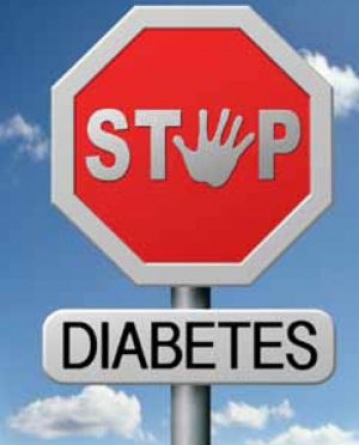
Diabetes, also called diabetes mellitus, is a metabolic disorder that results in an individual having high blood sugar levels over a period of time. Blood sugar or glucose comes from the foods we eat which if not diagnosed early and managed properly can be lifethreatening. It is considered normal to have a spike in the blood sugar reading after we have consumed food or drink.
The organ that produces insulin is the pancreas, and it is insulin which allows the body to metabolize and utilize sugar efficiently. Insulin acts on the cell membrane to facilitate sugar crossing the barrier to provide energy. In the diabetic child or adult, there is either little production of insulin, or poor utilization of insulin by cells and tissue.
These are the Early Signs of Diabetes
• Thirst which is not resolved even after drinking water or other fluids.
• Increased urination with the urine looking pale to colorless. This can lead to dehydration.
• Unexplained weight loss. The weight loss can be a dramatic occurrence.
• Fatigue not helped by resting/ sleeping.
• Nausea and vomiting are fairly serious symptoms.
• Skin issues which include itching and fungal infections.
• Bladder and vaginal infections which are recurrent.
• Slow healing wounds after an injury or medical procedure.
• Blurred vision with a deterioration in vision
Risk factors for diabetes include:
• A family history of diabetes
• Overweight and obesity
• Poor diet with excessive intake of carbohydrates
• Smoking
• Abuse of alcohol
• Sedentary lifestyle
Diabetes if not controlled causes damage to blood vessels and tissues of major target organs including:
• Kidneys: kidney failure
• Heart: heart failure
• Lower limbs: poor circulation, gangrene which results in amputations of digits or limbs
• Eyes: poor vision and even blindness
• Nerves: loss of sensation especially in the feet There are three types of Diabetes. The treatment and management of each type is specific:
• Type 1 or Juvenile Diabetes.
The babies, infants and children diagnosed with juvenile diabetes have to be treated with insulin which is injected daily and even several times a day.
• Type 2 or adult onset diabetes.
This type of diabetes is now also being diagnosed in obese children. Diabetic treatment includes anti-diabetic tablets, insulin or a combination of both.
• Gestational Diabetes is pregnancy-induced diabetes. It is not unusual that this condition is reversed after the mother delivers the baby.
It is important that individuals know the early signs of diabetes and see the doctor or nurse if they are experiencing any of the symptoms. A general physical examination will be done including testing of the eyes and vision, checking skin, nails and feet. Among the blood tests that will be done are fasting blood sugar and a repeat blood test two hours after eating. A random blood sugar test is also useful in diagnosing diabetes. An oral glucose tolerance test is particularly useful for diagnosing prediabetes and gestational diabetes (diabetes induced by pregnancy).






















